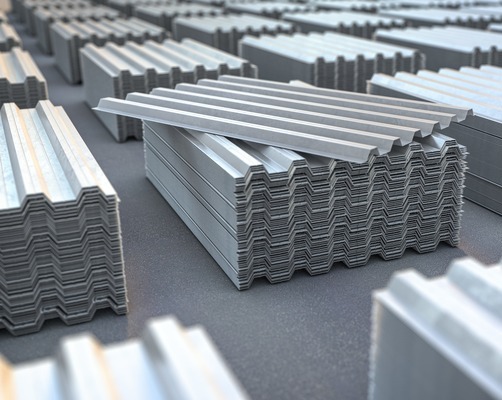Heat Treating Metal: An Overview
Altering the properties of a metal requires the use of heat, or removing heat using a quenching technique. Treating metal with heat, or cooling it after it really is heated, can alter the following properties to various degrees: ductility, hardness, softness, stress, and tensile strength. To attain one or more of these properties, one or more of the following treatments may be used: annealing, tempering, hardening, quenching, normalizing, and stress relieving. A synopsis of every treatment is the following: Annealing Annealing removes stresses or induces softness to improve ductility or formability, respectively. Common forms of annealing include: Bright annealing- Bright annealing is conducted in vacuum pressure furnace, bell annealer, or controlled atmosphere furnace to prevent oxidation. It is typically performed on chromium alloys such as for example stainless steel. Process annealing- Process annealing makes metal better to cold roll or draw. It can also make it more formable for bending applications. Recovery annealing- Recovery annealing restores ductility and reduces stresses in cold worked metal. Full annealing- Full annealing produces the softest, most stress-free metal. It is typically performed to create metal better to machine, or even to improve its dimensional stability. Annealing occurs in a temperature selection of 300�F – 2250�F. Tempering Tempering reduces stresses and unwanted hardness due to quenching. It is performed after quenching that follows brazing or annealing. The tempering process takes place in a temperature selection of 350�F – 1250�F. Helpful resources is really a heating treating process that improves the mechanical properties and hardness of metals. It is typically performed by means of “quenching.” Common hardening methods include: Water quenching- Water quenching improves the strength and hardness of low and medium carbon steel. Oil quenching- Oil quenching improves the strength and hardness of medium and high carbon steel. Air quenching- Air quenching improves the strength and hardness of low and medium carbon steel while reducing the risk of distortion. Age hardening- Age hardening is conducted on alloys that harden because of age or the current presence of precipitation.  Hardening takes place in a temperature selection of 300�F – 2250�F. Normalizing Normalizing is performed on ferrous metals to increase their mechanical properties, or even to improve their reaction to the hardening process. Normalizing takes place in a temperature range of 1600�F – 1800�F. Stress Relieving Stress relieving relieves stresses in metal to boost dimensional stability and tensile strength. Common types of stress inducers include: flame cutting, cold working, quenching, and welding fabrication. cold form steel building relieving process occurs in a temperature range of 300�F – 1400�F. Conclusion The list above is really a basic overview of heat treating processes provided by professional metal treatment services. When a company needs to alter the properties of metal pieces or assemblies, having them treated with one of these processes may bring remarkable cost savings in comparison to buying new components. For more information on the processes above and other metal working processes such as brazing, contact a metal treatment service today.
Hardening takes place in a temperature selection of 300�F – 2250�F. Normalizing Normalizing is performed on ferrous metals to increase their mechanical properties, or even to improve their reaction to the hardening process. Normalizing takes place in a temperature range of 1600�F – 1800�F. Stress Relieving Stress relieving relieves stresses in metal to boost dimensional stability and tensile strength. Common types of stress inducers include: flame cutting, cold working, quenching, and welding fabrication. cold form steel building relieving process occurs in a temperature range of 300�F – 1400�F. Conclusion The list above is really a basic overview of heat treating processes provided by professional metal treatment services. When a company needs to alter the properties of metal pieces or assemblies, having them treated with one of these processes may bring remarkable cost savings in comparison to buying new components. For more information on the processes above and other metal working processes such as brazing, contact a metal treatment service today.